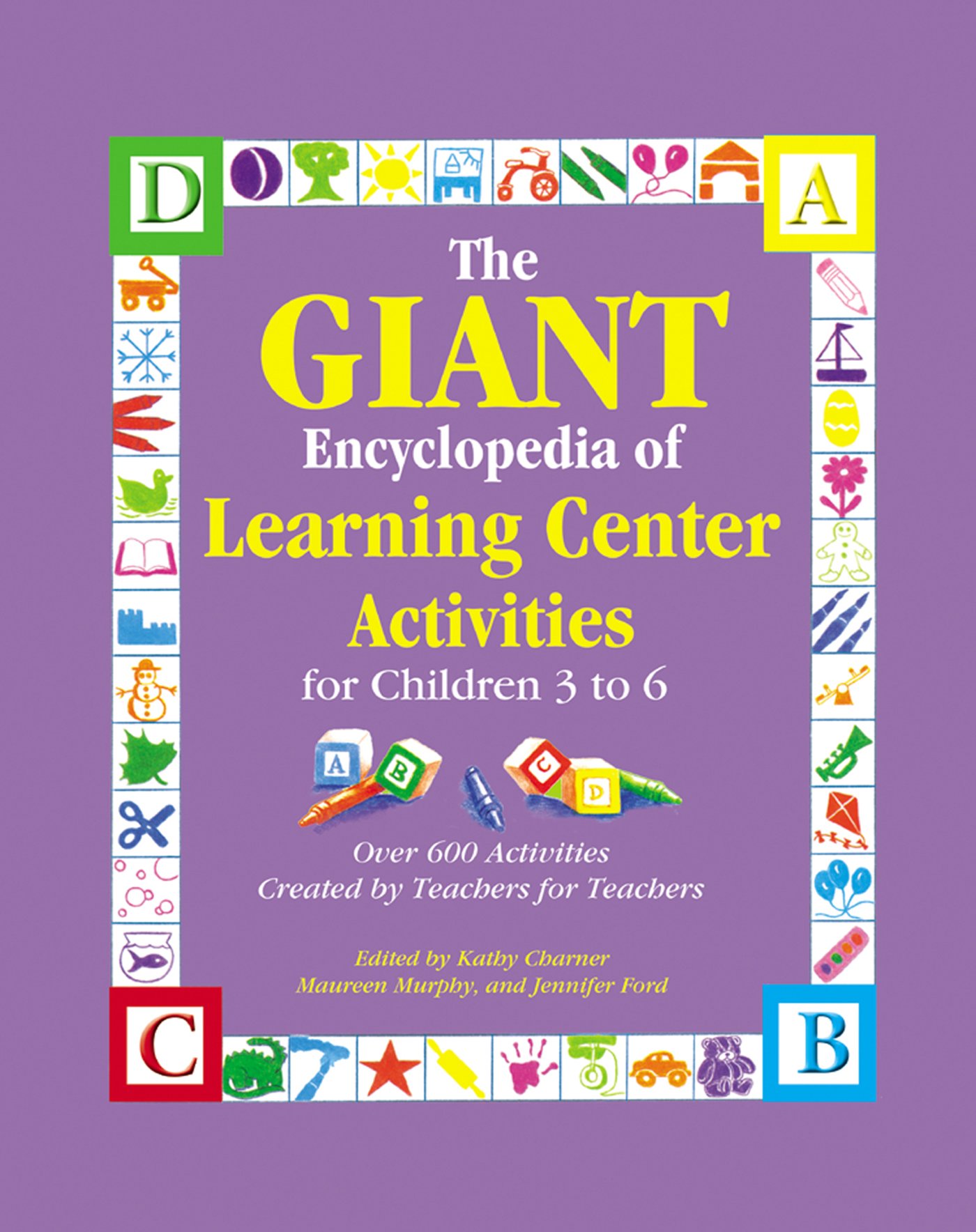Materials
- license plate or photocopy of a license plate
- white-out
- paper
- letter cutouts
- glue
- pastel-colored marker
- magazines
- scissors
What to do
1. Make a photocopy of your state license plate. Use a real one, a toy one, or a photo of one (from the Internet or DMV). Then white out the letters and numbers on the photocopy. Make enough copies of the blank license plates for each child in the class.
2. Provide letter cutouts and help the children find the letters in their names. Ask them to glue the letters of their names on the plates. (You could also use sticky foam letters found at craft stores.)
3. Older children may like to write their own names on their license plates. If children are learning how to write their names, you may want to pre-write the names with a pastel-colored marker for them to trace over.
4. Display the license plates in the room, attach them to cardboard boxes for pretend cars, or compile them into a class scrapbook.
5. Locate photos of other state license plates in magazines and the Internet. Encourage the children to compare them. Challenge them to try and guess the states by their pictures. Suggest they watch for different plates as they are riding in their cars.
-Laura Durbrow, Lake Oswego, OR
Instructions
1. Make sure your housekeeping area is diverse by stocking it with
multicultural food items. Find items in the ethnic foods section of your local
grocery store, or visit grocery stores specializing in ethnic foods. You can also
ask parents for donations. Make sure empty cans are clean and child-safe.
2. Stock the kitchen area with special kitchen tools.
3. Display wall hangings, textiles, and so on.
4. Feature a multicultural theme. Read a related book and offer a related snack.
More to do Science: Grow lemongrass, cilantro, rosemary, oregano, or other edible herbs in
pots. Children can snip them and add them to snacks.
Sensory: Provide bowls or trays with different flours and grains, such as white,
whole wheat, cornmeal, oatmeal, and grits. Punch holes in the lids of empty
film containers, fill the containers with cumin, nutmeg, cardamom, and other
spices, and let the children smell them.
Snack: Offer a snack of various breads, such as pitas, puppodums, matzah,
tacos, pizza, foccacia, croissants, bagels, and tortillas. Serve with plantain chips,
salsa, or chickpeas.
